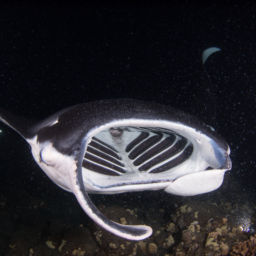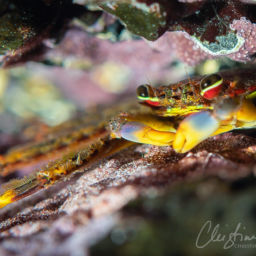A paper recently published in the scientific journal PeerJ sheds light on Hawaii’s latest marine treasure, a series of pristine mesophotic reefs. Meaning “middle light,” the term mesophotic is appropriate. Hawaii’s deep water reefs occupy the twilight zone created at the deepest point penetrated by sunlight. They are the deepest of all photosynthesizing coral colonies at depths of 100 to 500 feet (30 to 150 m).
Mesophotic Reefs
Because of their depth, most mesophotic reefs are beyond the limits of recreational scuba diving. Consequently, we know very little about them. Consequently, a team of 16 scientists from NOAA, the University of Hawaii and the Bishop Museum began mapping the mesophotic reefs off Hawaii some 20 years ago. Over the last two decades, the project has explored and documented deep water reefs throughout the Hawaiian archipelago.
The team used a variety of different techniques, including remote-operated vehicles, dive submersibles and technical divers on rebreathers. According to one of the project’s leaders, Richard Pyle, exploring at such depths meant that divers and submersibles had to work in tandem. The submersibles could “go much deeper and stay much longer,” while the divers could “conduct experiments and collect specimens.”
Hawaii’s Deep Water Reefs
Pyle says that using both methods allowed the team “to achieve tasks that could not have been performed by either technology alone.”
The results revealed that Hawaii’s mesophotic reefs are exceptional for several reasons, including their impressive coral cover. In Maui’s ‘Au’au Channel, for example, the team found a continuous reef extending for more than three square miles. It is the largest mesophotic coral reef ever discovered, and includes areas of 100 percent coral cover.
Most of the deep-water corals the team found off Maui were plate corals. These are well-adapted to the cooler, low-light conditions of the twilight zone. The team also found large algae meadows, incorporating more than 70 macro-algae species. Both ecosystems rely on photosynthesis to survive. The team hypothesizes that Hawaii’s crystal-clear water allows the sunlight to penetrate much deeper than it usually would.
The incredible amount of life they support is evidence of the health of Hawaii’s deep water reefs. Scientists found many of the same species as those that live on the region’s shallow water reefs. Some, however, were completely unique. Most importantly, the team found that the reefs supported a much higher level of endemism than their shallow counterparts. Of the fish found in the twilight zone, 43 percent are endemic to Hawaii compared to an endemism rate of 17 percent for shallow-water fish.
Papahanaumokuakea Marine National Monument
At the northern end of the archipelago lies the Papahanaumokuakea Marine National Monument. Mesophotic reef studies within the National Monument revealed that almost 100 percent of the fish living there are endemic to Hawaii. According to Randall Kosaki, Papahanaumokuakea’s deputy superintendent, these statistics are “absolutely off the scale globally.”
The findings validate President Obama’s decision to expand the protected area earlier this year. The team found no evidence of coral bleaching on any of Hawaii’s mesophotic reefs. They think that these environments could provide an invaluable backup plan for shallow-water species suffering from the effects of pollution and climate change. We don’t know yet whether species that exclusively live on shallow reefs would be able to survive at greater depths, however. Either way, in environmentally unstable times, the discovery of healthy coral reefs is encouraging.




